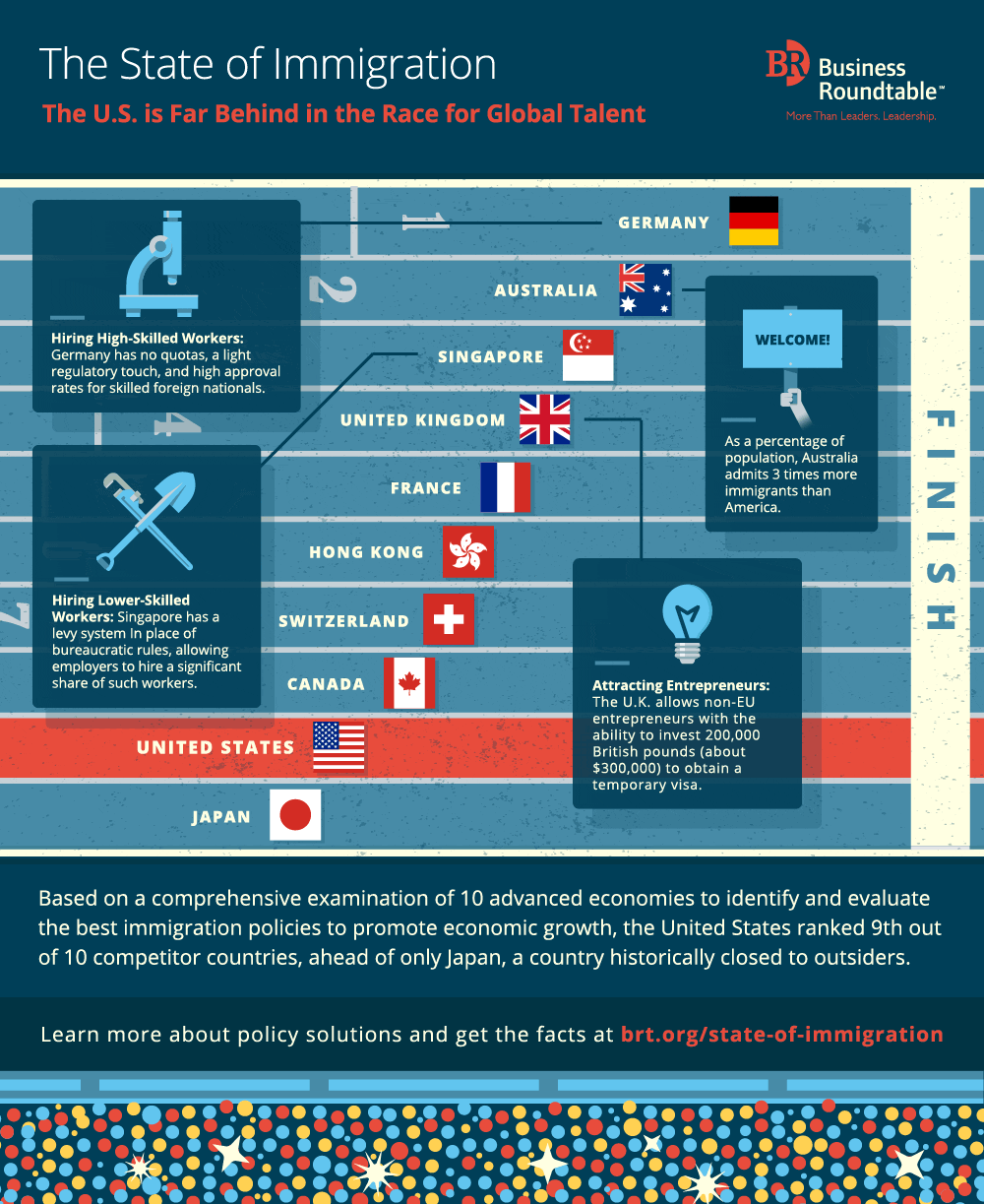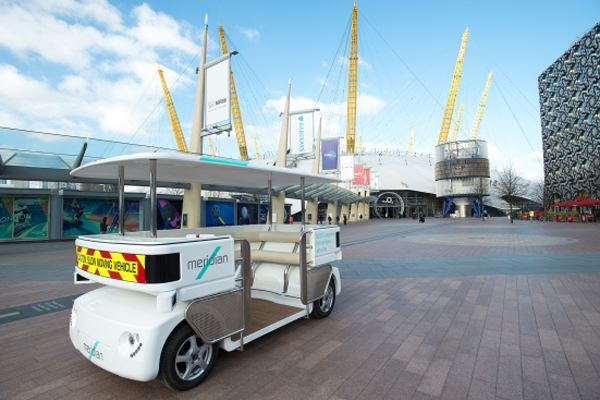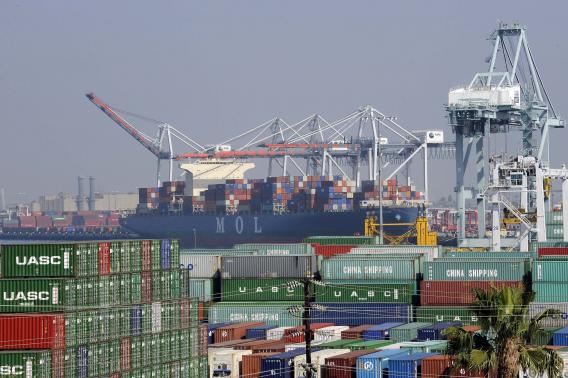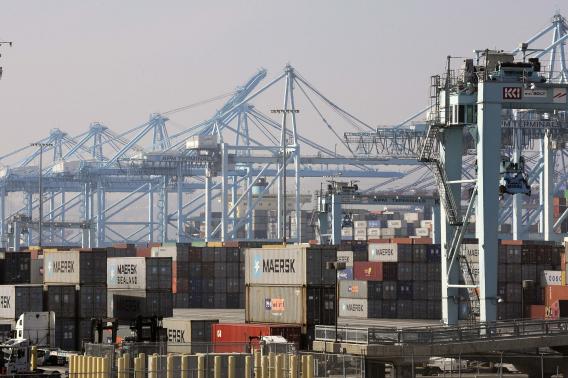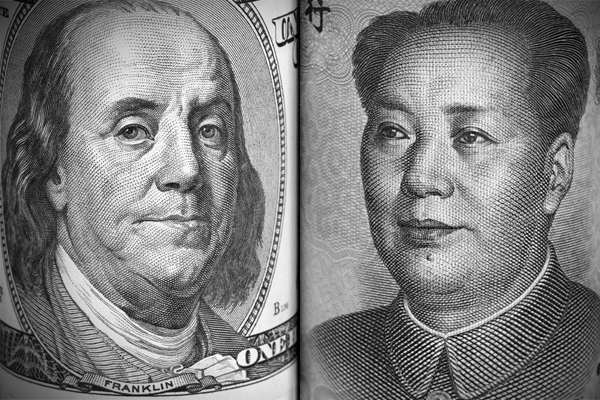Changing the U.S. income tax system to a consumption tax system is appealing. The Senate Finance Committee is considering the consumption-tax idea. It's thought that this method of taxing would boost economic growth. Consumption tax would tax money spent instead of income earned. John D. McKinnon further explains consumption tax in his article, "Tax Proposals Would Move U.S. Closer to Global Norm." Below is that article.
As lawmakers have examined a tax overhaul, “it becomes extremely difficult to see a political path to accomplish it” within the confines of the current income-tax system, said Sen. Ben Cardin (D., Md.), co-chairman of a Finance Committee working group negotiating a possible overhaul of business taxes.
As a result, the idea of a consumption tax “is getting a great deal more respect, and it is in the discussions,” he said.
Mr. Cardin introduced legislation last year to create a type of consumption tax known as a value-added tax and at the same time lower business taxes and scrap income taxes completely for lower-income Americans.
Republicans on the working group also are interested in the concept, including a proposal put forward recently by GOP Sens. Marco Rubio of Florida and Mike Lee of Utah. That plan would make several changes to the tax code that would move the nation closer to a consumption-based system.
Many GOP members “believe that there are economic benefits to moving away from taxation of income and toward taxation of consumption,” a Senate aide said. That includes Republican John Thune of South Dakota, co-chairman of the working group along with Mr. Cardin, the aide said.
As the name implies, consumption-style taxes hit the money taxpayers spend, rather than income they receive. One prominent feature of consumption systems is that they generally tax savings and investment lightly or not at all. That, in turn, encourages more investment and innovation, and ultimately more growth, many economists contend.
The U.S. tax system already has some features of a consumption system, such as tax-advantaged retirement-savings accounts and lower rates for investment income. In general, though, the consumption-tax proposals being floated would go much further.
The plans vary widely in their details. They include European-style value-added taxes, a type of sales tax that is collected along each stage of the production process; traditional sales taxes; and taxes on carbon-based pollution.
Some of these proposals would have consumers pay another tax in addition to existing state and local sales taxes, while others would merely reshape the current system to tilt it more toward consumption.
The discussions are in early stages. The likelihood that senators will agree on a consumption tax—or any major overhaul—in current negotiations remains slim. Introducing such a different tax system also brings the fear of the unknown.
Still, the talks open up a possible new direction in slow-moving discussions about rewriting the U.S. tax system. Enactment of a broad-based federal consumption tax would align the U.S. with a global trend. In the U.S., most of those taxes now are in the form of state and local sales taxes.
Until now, efforts in Congress to revamp the tax system largely have focused on rewriting the income-tax rules. The most prominent was a plan put forward last year by then-Ways and Means Chairman Dave Camp (R., Mich.) that would have lowered rates for businesses and individuals while paring back deductions.
But that approach, some lawmakers contend, faced a basic mathematical problem, particularly on the business side: The U.S. corporate tax rate is the highest in the developed world, and lowering it substantially would require eliminating a large number of tax breaks to avoid adding to budget deficits. That could offset any economic benefit of lower rates.
Many experts believe moving to a consumption tax would ease the difficult policy task, at least on paper. While there is still lively debate about the relative merits of income and consumption taxes, some economists believe consumption taxes encourage more savings and lead to faster economic growth.
Some liberals are concerned that consumption taxes affect poor people disproportionately, while unduly benefiting the rich, unless adjustments are made. For their part, conservatives fear that some types of consumption tax—particularly value-added taxes—would make it too easy to dial up government revenue collection.
Some lawmakers also worry about the potential impact on the federal deficit, particularly if Congress relies too much on estimates of a future economic boost.
Both of the leaders of the tax-writing committees in Congress, Rep. Paul Ryan (R., Wis.) and Sen. Orrin Hatch (R., Utah), say they are intrigued by the consumption-tax approach, while acknowledging some potential drawbacks.
“There’s a lot of merit” to a consumption-tax system, said Ryan spokesman Brendan Buck. As the House Ways and Means Committee thinks long-term about a tax overhaul, the consumption-tax approach is one that will be considered, he added.
The Obama administration declined to comment. President Barack Obama’s aides have been critical of some consumption-tax proposals, particularly sales-tax ideas that they view as unfair to lower- and middle-income households.
“I would not count on consumption-tax regimes to replace the income tax, given the need for [more] revenue,” said Harry Stein of the liberal Center for American Progress.
Write to John D. McKinnon at [email protected]




